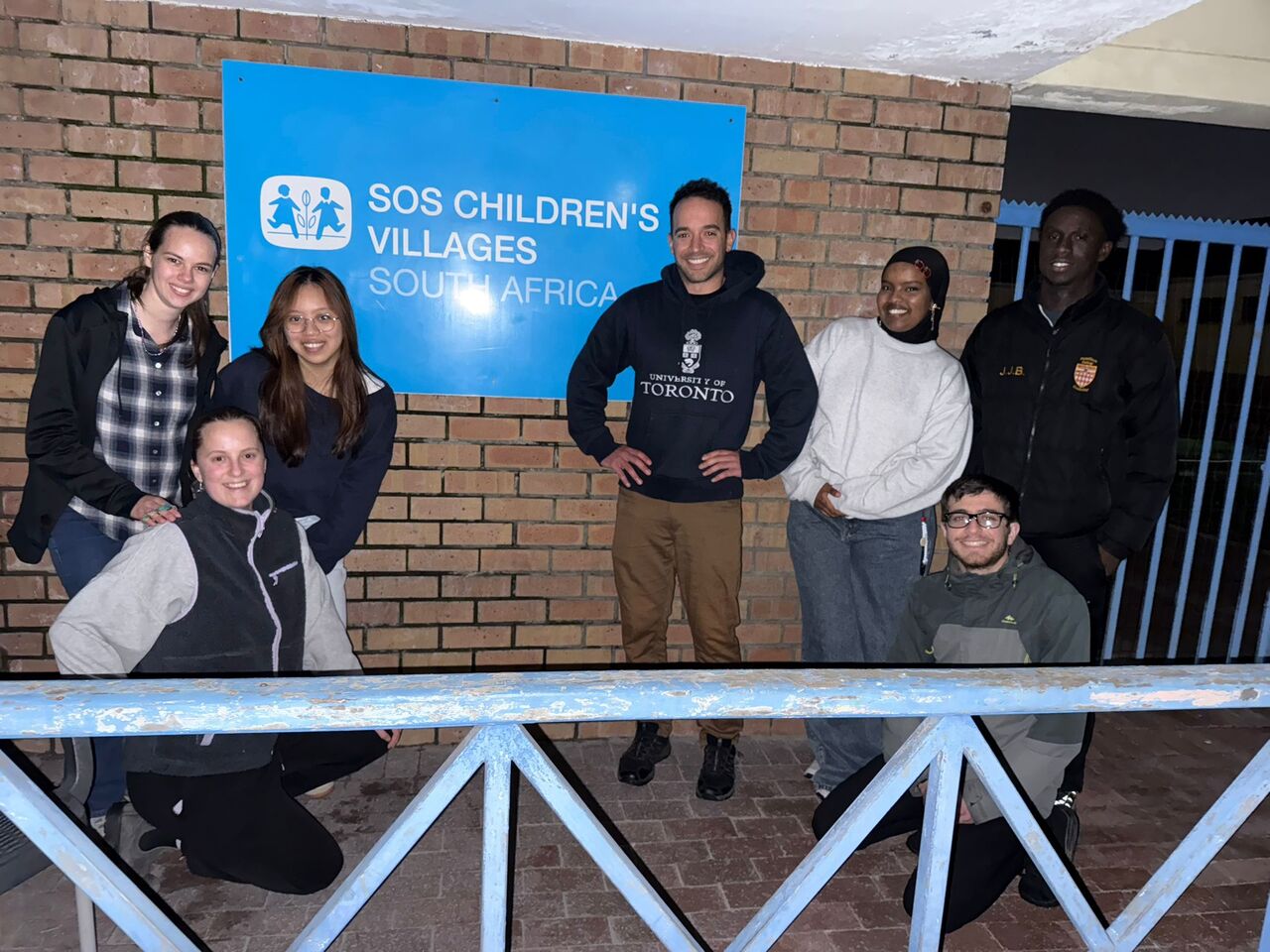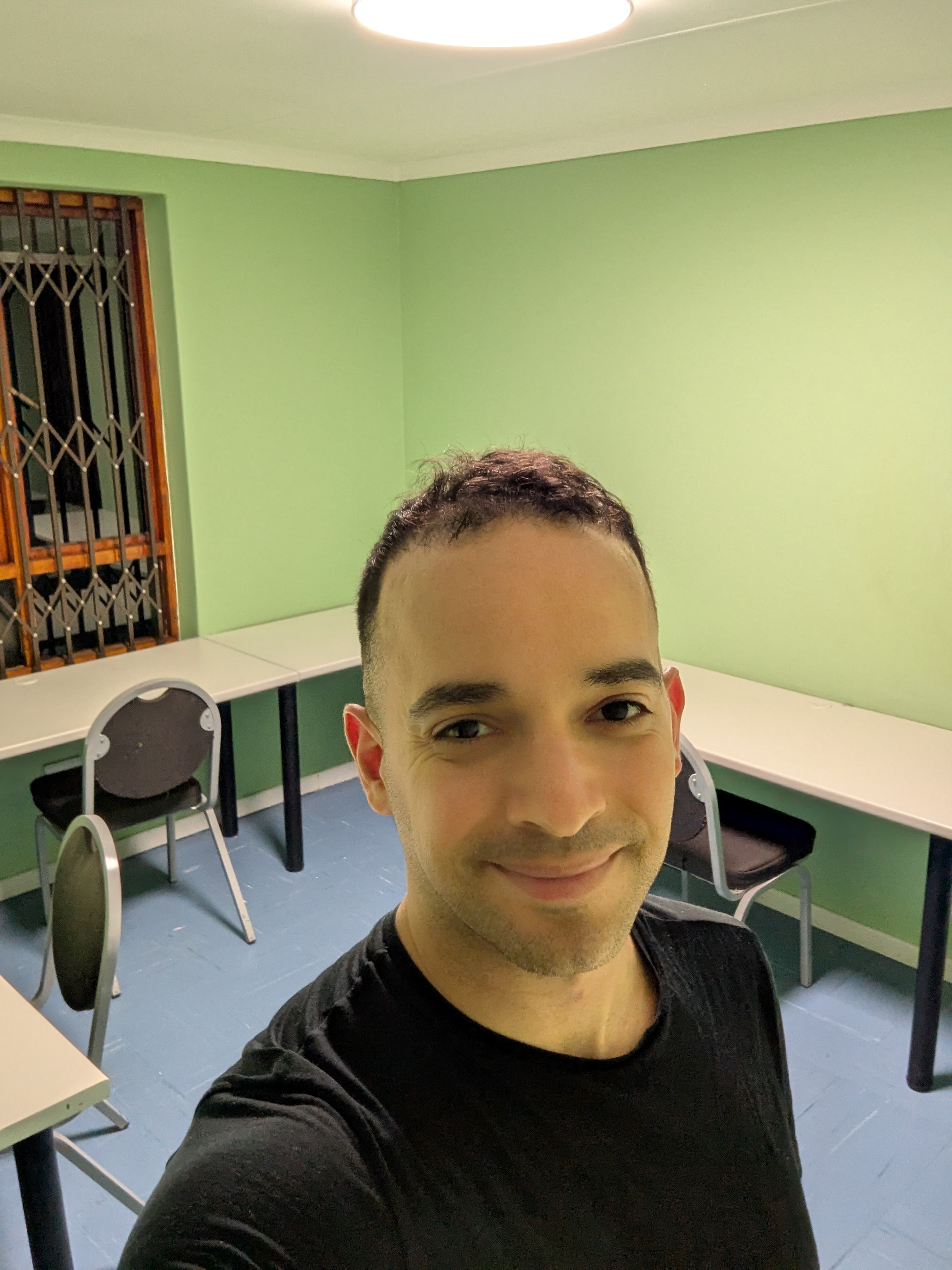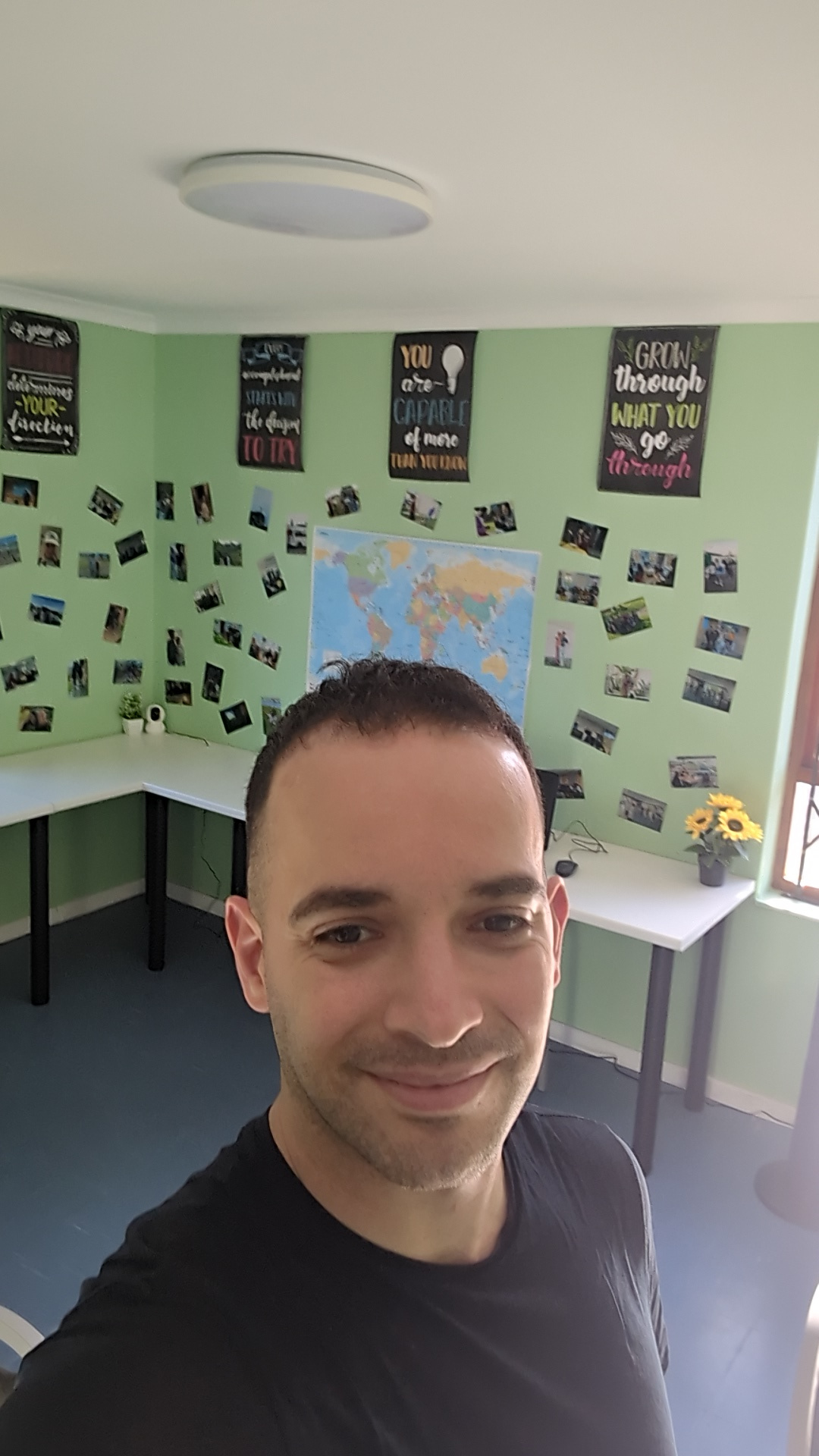Leadership-in-Action 2.0: A New Model for Relationship-Based Impact

The way that Leadership-in-Action (LiA) projects are conducted at the Laidlaw Foundation will never be the same. This past summer, I had the pleasure of piloting a new format, which involved me returning to the same LiA location that I worked at the previous summer, but this time with more scholars, so that the work that was initially started could continue. And it was a resounding success.
To understand why this shift matters, it’s important to first look at where we returned and who made it possible.
We returned to @SOS Children’s Villages Cape Town, which is a nongovernmental organization that houses orphaned, abandoned, and precariously housed youth in South Africa. These are the scholars that were brave enough to take a chance on this experience, along with their respective youth programing:
Session A:
-
@Felicia Gan (University of Hong Kong) – immersive reading + 1 on 1 phonics
-
@Helen Henwood (University of Leeds) – mental-health and wellbeing for teen girls + photography
- @Jane Emmins (Trinity College Dublin) – dance-based confidence and expression programme
Session B:
- @Asaph Dworkin (University College London) – coding + digital literacy
-
@Badria Abdi (University College London) – immersive reading + 1 on 1 phonics
-
@Jayden Bafoa (University of Cambridge) – girls soccer + chess
.jpg)
.jpg)
Why This Model Matters
Gone are the times where a scholar can just go to a place with considerably lower GDP and more difficult circumstances than their home country, take some pictures lifting bricks, and use it as leverage to get an investment banking position or something (without ever considering that population again). Those days are over.
Ending Superficial Voluntourism
LiA projects should be taken as seriously as adopting a kid. That’s the level of responsibility. Whether you’re working directly with children or not is irrelevant; it’s the mindset that you have going in that matters. Once upon a time, the Laidlaw Foundation didn’t even have LiA projects (!). And I think it’s great that they do now. But in this learning curve, I believe this recent LiA 2.0 pilot at SOS is the exact direction the program needs to move toward. And this vision is already showing up in concrete ways across the network.
Building a Self-Sustaining Global Network
You can already see this shift in the time-consuming, behind-the-scenes work the Laidlaw admin team has been doing. Their recent LiA Champion program that recently launched, and their LiA directory where people can find others who have already been in the same place, are both excellent steps in the right direction.
If someone has already been there, worked with the same population, or partnered with the same organization you want, why would you want to bother going through the grueling (and semi-degrading) path of a million and one cold emails (never has my name been misspelled so many times in so many replies <3). Instead, that energy could go towards curriculum, fundraising, or anything else that could help you hit the ground running when you get to your LiA project. This also greatly reduces the burden on Laidlaw coordinators, allowing them to enhance the program for scholars in their cohort in other ways.

With this support system in place, the next evolution becomes clear: combining the best of central and independent LiAs.
The Best of Both Worlds: Central + Independent LiA
This model that we piloted blends the strengths of central and independent LiAs while avoiding their weaknesses (generally speaking).
Central LiA:
-
Strength: built-in community
-
Drawbacks: less agency; stipend isn’t kept
Independent LiA:
-
Strength: more agency; stipend is kept
-
Drawback: no community
This pilot combined both: a supportive scholar community with full agency in meaningful work.
And when you take this hybrid model into real-world partnership settings, the potential for ethical, long-term impact becomes much easier.
A Call for Ethical, Sustainable Partnerships
Most Laidlaw universities are in the West. A grand total of zero are from South America or Africa. Yet a disproportionate number of LiAs go into those regions. If we come in with privilege, resources, and education, the only ethical direction is building sustained relationships with whoever we partner with. This can't be taken lightly, and I don't believe there are any alternatives to this. This model could genuinely revolutionize how LiAs are approached moving forward. And this past summer, the students who piloted at SOS showed exactly what this approach can look like when it’s done well.
What our Team Achieved Together
The students were incredible. Always adapting on the fly, collaborating daily, and putting up with my quirks (e.g., roasted cacao nibs, "piece of identification", playing Risk, etc., more inside jokes but will stop here before alienating readers any further). Every morning we coordinated; every afternoon we debriefed. It felt like a group LiA and an independent LiA at the same time. We lived together in a guesthouse, visited each other’s programmes, and supported each other’s work. I am deeply grateful for their commitment. And yes, I will be continuing this next year (if you’re interested, more details + sign up form can be found here).
Additionally, a good example of what sustained partnership can look like is the project we took on together: transforming a forgotten room into a fully functional community hub.
Transforming an Unused Room into the Laidlaw Computer Lab
One major achievement was converting an unused SOS room into a fully functional computer lab. They always wanted one but lacked funding, facilities, tech know-how, and the ability to coordinate with internet providers. We got it all set up: reliable WiFi, laptops, headsets, mouse pads, a world map, motivational quotes on the wall, a fan (it gets hot in Cape Town, ever try studying when it's like 30 Celcius??), a two-way security camera so that SOS management (and myself!) can stay connected, and over 200 printed photos of scholars and kids on the walls. None of this would have been possible without the constant support from @Susanna Kempe and @Amy Moore from Laidlaw.


This is now the Laidlaw Computer Lab, complete with a sign and everything (so I guess that makes it official right?). It's a small example of what I envision sustained relationships to look like; leaving an actually meaningful impact that the community can operate within long after you leave. Now, two of the scholars who joined me in Cape Town (@Jane Emmins and @Badria Abdi) are laying the groundwork for an online tutoring initiative for SOS youth. They’ll be co-leading the program, which will run out of the Laidlaw Computer Lab and be supported by fellow Laidlaw Scholars (interested? sign up here).

The Power of Showing up for Vulnerable Youth
I cannot stress enough how much these 6 scholars went above and beyond: creating programmes on the fly, supporting kids through grief, and constantly thinking of ways to improve. All six were generous, loving, and deeply (deeply!) committed. I am extremely grateful for everything they did for these kids. Psychosocially, having an older figure who genuinely cares can change the trajectory of a young person’s life. It certainly did for me. And we, as a Foundation, have the capacity to provide that. Hence (look at me using big words), the goal of this post in the first place.
And what makes all of this even more promising is that this isn’t an isolated shift; other scholars are already making similar moves.
This is Already Happening Across the Network (!)
The amazing thing, is that this shift towards more relationship-based, long-term LiA partnerships is ALREADY happening. At the recent Laidlaw conference at Brown University, I saw beautiful examples of this from a couple of presenters:
-
@Claire Auslander (Georgetown University) continuing her LiA work with Alaska Native Medical Center in the US
-
@Shoshana Daly (Tufts University) continuing her LiA work with Partners In Health in Malawi
Both Claire and Shoshana's commitment to maintaining a meaningful relationship with their LiA partners was nothing short of inspiring. I am sure there are many others, because it just feels like the tide is changing overall.
In short, I find it exciting that we are evolving into a Foundation that supports sustained, ethical, deep partnerships instead of superficial ones. This is the future of LiA projects, and I encourage everyone to join in.







Please sign in
If you are a registered user on Laidlaw Scholars Network, please sign in
So inspiring Youness!! Cheering for you and the work you are doing.
Thanks for your support, as always, Neha! :)
Inspiring Robert - thank you for not only doing but documenting and encouraging others.
Katherine
Thank you for your kind words, Katherine!
P.S. it's Youness ;)
Oh my Youness! I’m so sorry. Long very full days - please accept my apology.
This is so wonderfully put Youness! The work you are doing is so amazing, and I hope that this marks the start of more long-term and sustainable scholar-community relationships.
Thank you Shoshana! Big fan of what you're doing in Malawi :)
Oh my goodness... I'm emotional just reminiscing. Was truly the pleasure of my life to work with you on this project Youness. Thank you! Roasted Cacao NIBS <3
JANEEE!! Thank you so much for being supportive of this since day 1 - the kids still know the dances you taught them to this day :) (I forgot to tell you this but some of your dance kids even started teaching your choreo to new kids who arrived at SOS after you left)